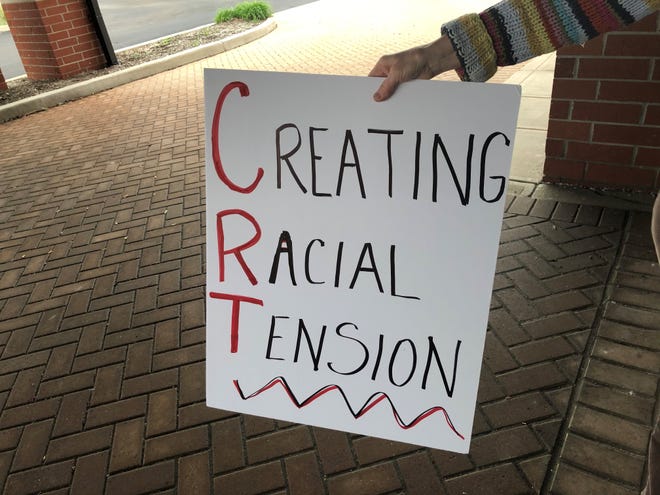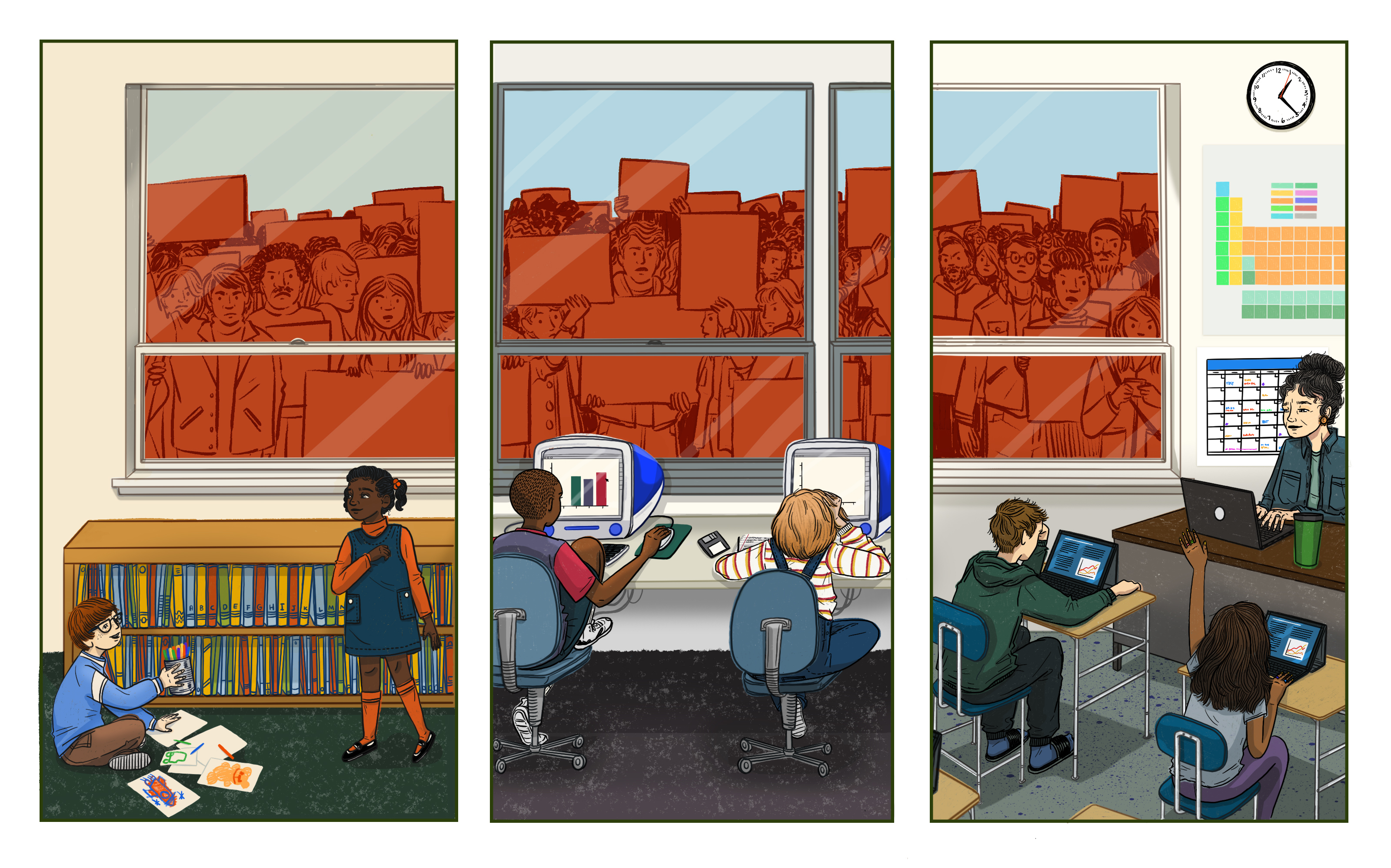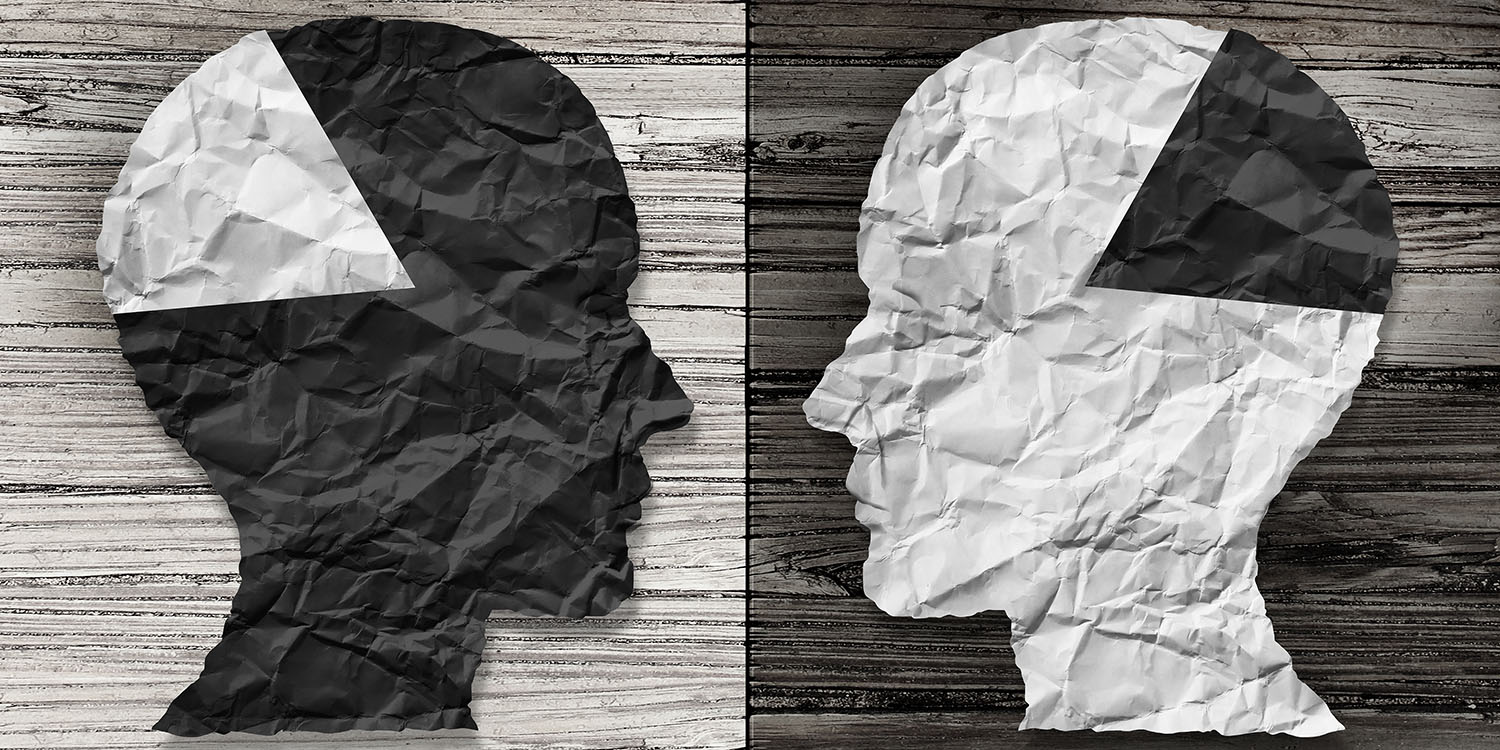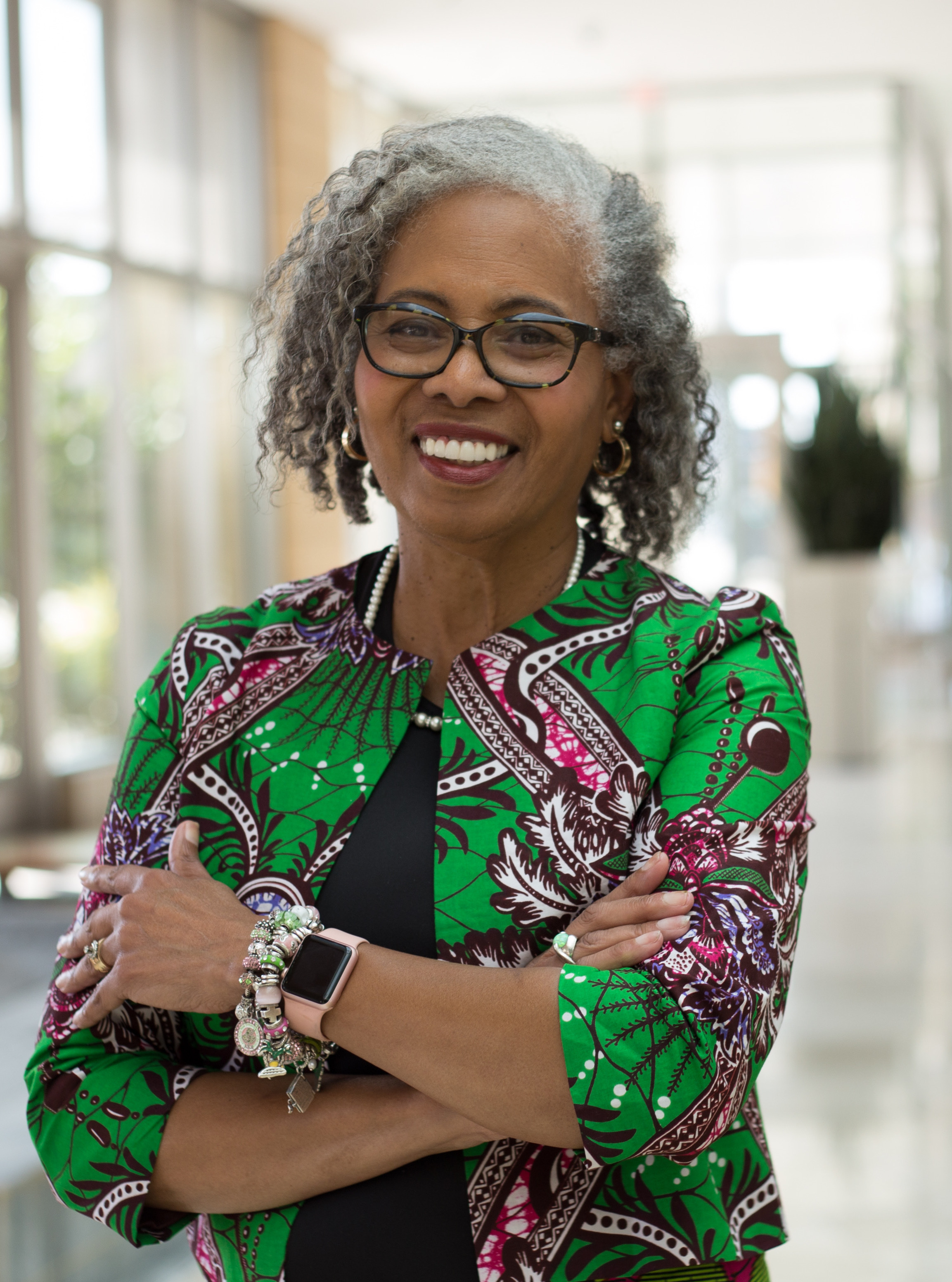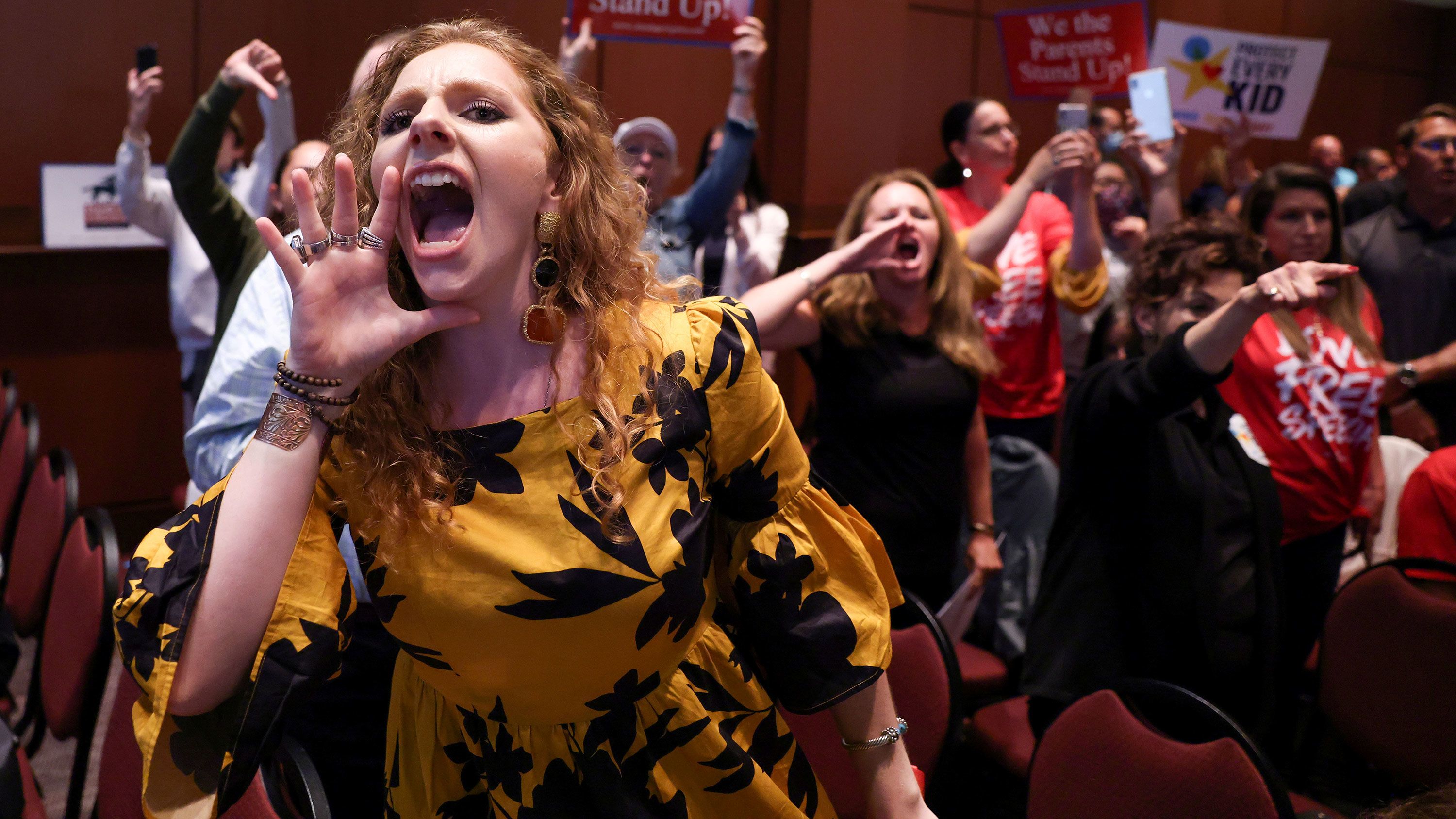Critical race theory (CRT) is a framework for understanding and analyzing the ways in which race and racism intersect with other systems of power and privilege, such as gender, class, and sexuality. It emerged in the 1970s as a response to traditional legal scholarship, which tended to view racism as an individual problem rather than a structural issue. CRT scholars argue that racism is deeply embedded in the fabric of society and that it is not just a matter of individual attitudes or behaviors, but rather a product of the social, economic, and political systems that perpetuate racial inequality.
In education, CRT has been applied to examine and challenge the ways in which schools and other educational institutions reproduce and maintain racial inequities. For example, CRT scholars have examined the ways in which curriculum, pedagogy, and assessment practices can reinforce racial stereotypes and privilege some students over others. They have also examined the ways in which school discipline policies disproportionately impact students of color and how these policies contribute to the school-to-prison pipeline.
One of the key concepts in CRT is "white supremacy," which refers to the ideology that positions whiteness as the norm and superior to other racial identities. This ideology is often invisibilized and naturalized in society, and it manifests in various ways, including in educational policies and practices. CRT scholars argue that it is important to challenge and dismantle white supremacy in order to promote racial justice and equity in education.
Another important concept in CRT is "intersectionality," which refers to the ways in which different systems of oppression intersect and overlap. In education, this means that the experiences and needs of students are not simply determined by their race, but also by their gender, class, sexual orientation, and other identities. CRT scholars argue that it is important to understand and address the intersections of these identities in order to promote equity in education.
CRT has had a significant impact on education policy and practice, and it has been used to inform efforts to promote racial equity in schools. For example, CRT has influenced the development of culturally responsive teaching practices, which aim to create more inclusive and equitable learning environments for students of color. It has also informed efforts to diversify the teaching workforce and to challenge the ways in which schools perpetuate racial segregation.
Overall, CRT offers a critical lens for examining and challenging the ways in which race and racism intersect with other systems of power and privilege in education. It is an important tool for promoting racial justice and equity in schools and other educational institutions.


